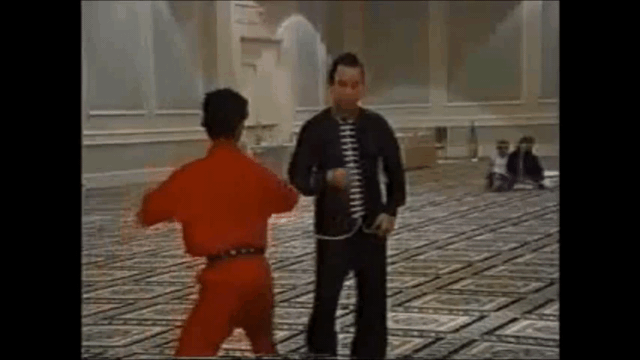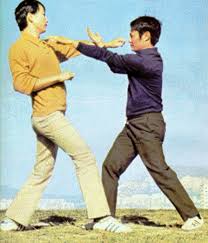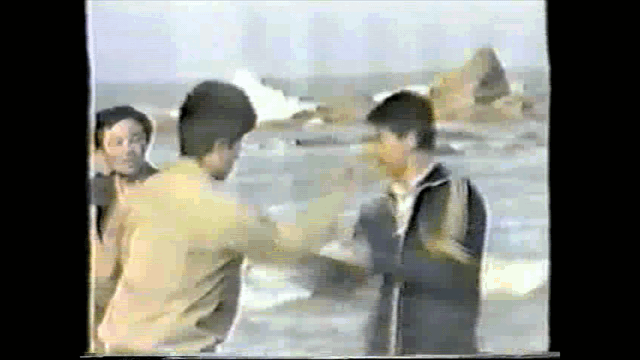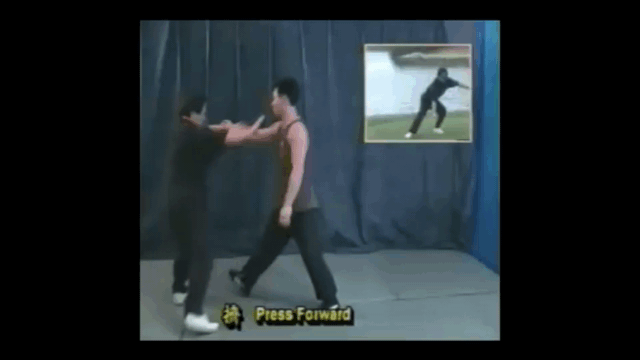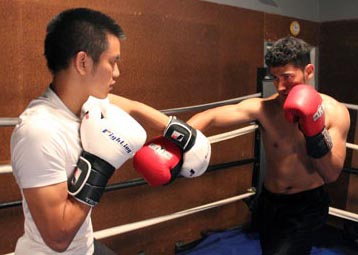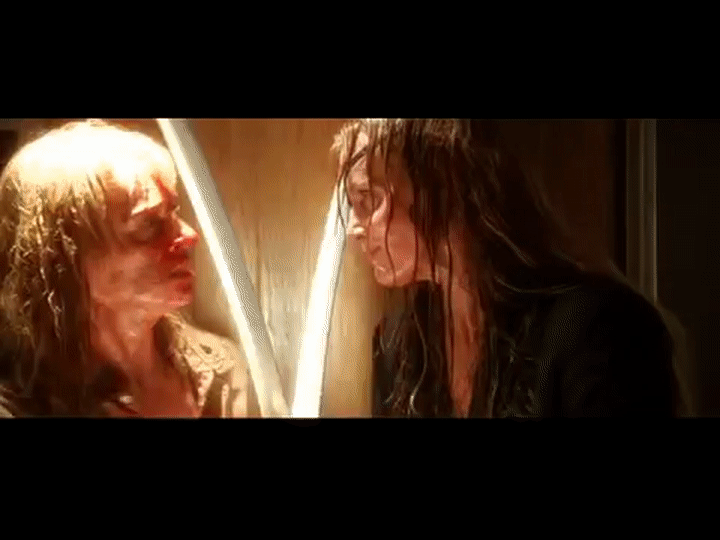Oily Dragon
Senior Master
Does this picture make sense?
It does as long as you don't over analyze it the way you did. It's definitely not "movie fu", since it's taken right from the Southern snake forms.
It's a basic illustration of biu ji, so I find it funny people would either to theorycraft about it or worse, claim it was made up by Bruce Lee for movies.
It's intended to blind the opponent, which is why the cheung bit regarding bridge linkage is important.
If this turns into a "he does that, I do this" conversation, we're off topic.

